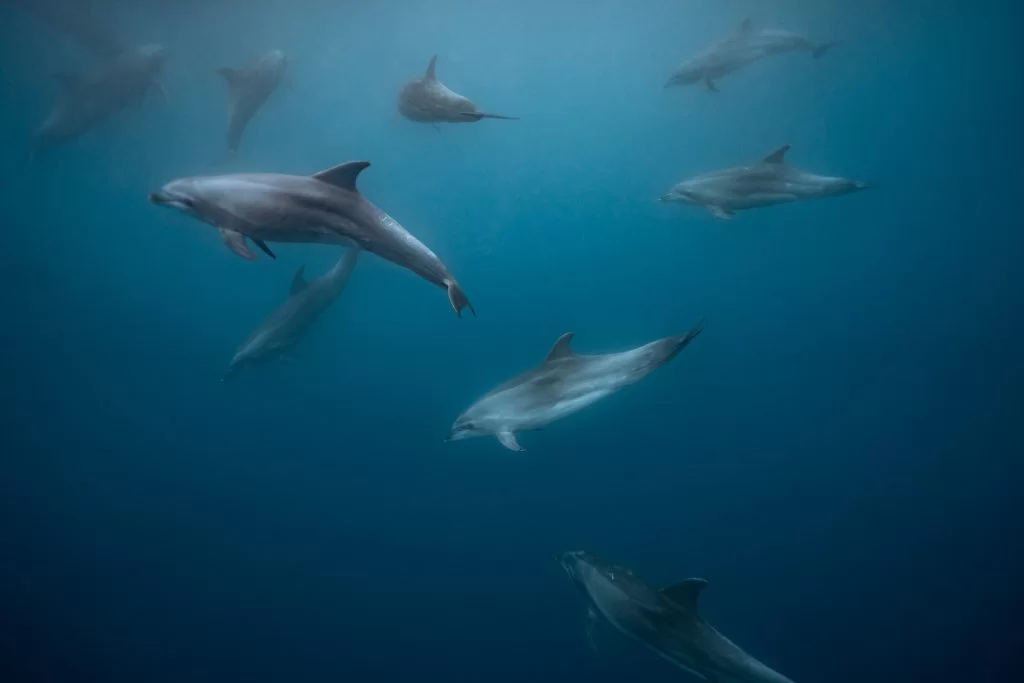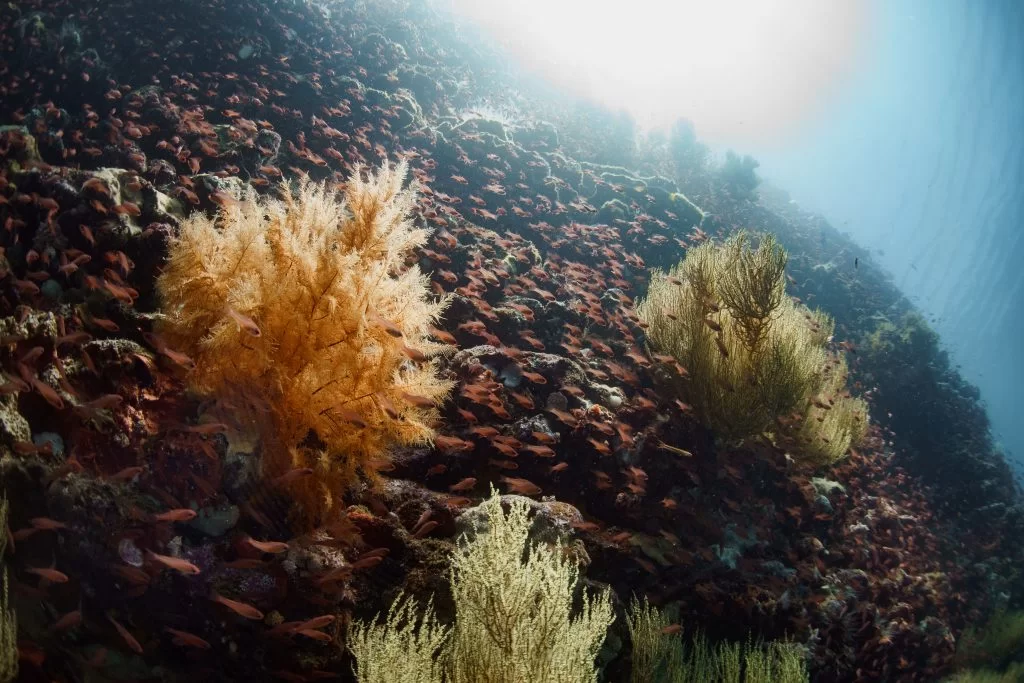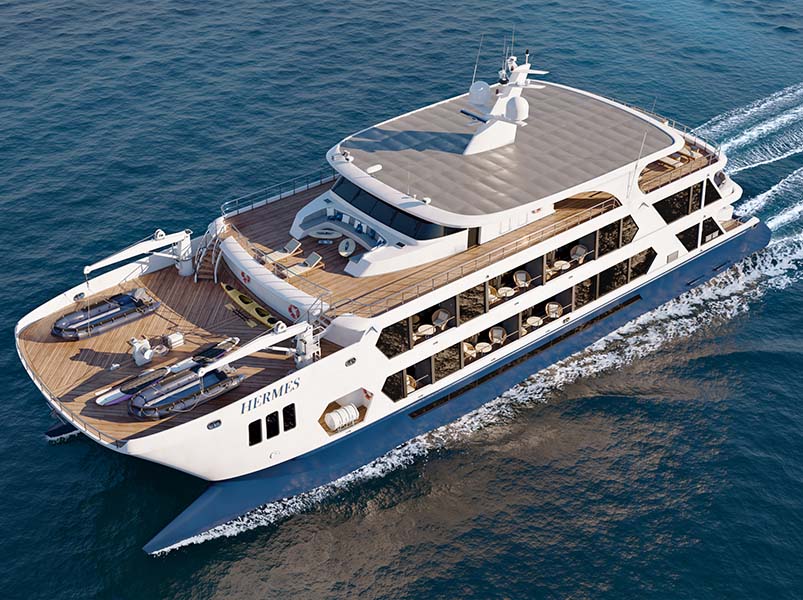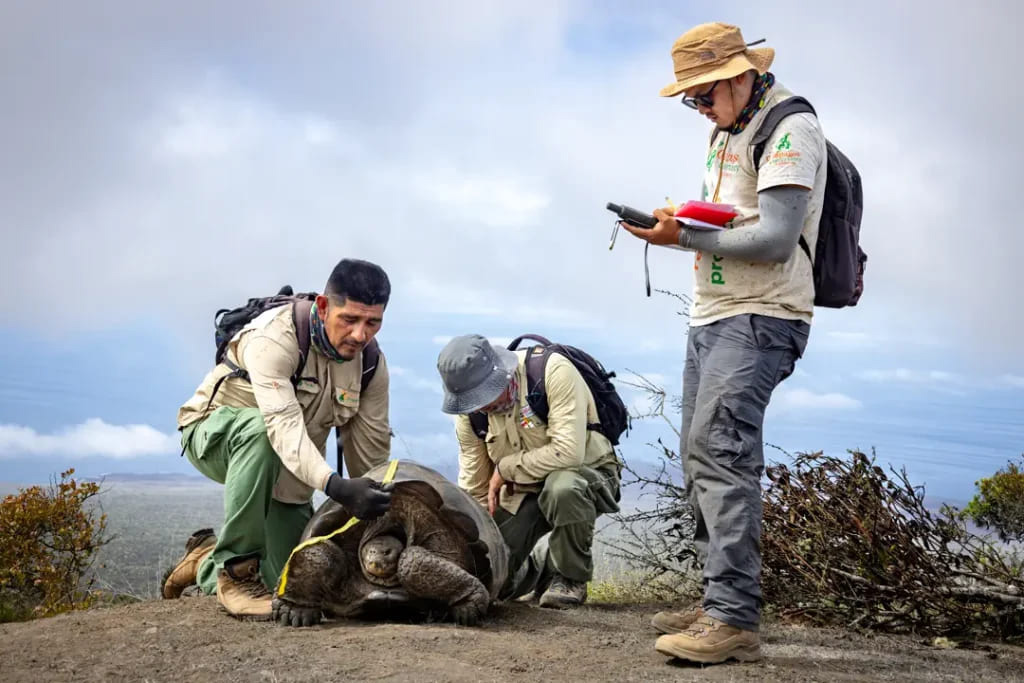In 2001, the UNESCO World Heritage Committee recognized GMR’s immense ecological, cultural and economic value, and designated it as a Natural World Heritage Site.
The GMR is located approximately 1,000 km from Ecuador’s continental coast and covers an area around 198,000 square kilometers. This includes the 60,000-square-kilometer expansion of the new Hermandad Marine Reserve, created on February 14, 2022, to conserve areas of critical ocean ecosystems, migratory routes, and feeding grounds for threatened marine species.
For the survival of Galapagos ecosystems, it is essential to protect marine and coastal habitats. Many species, both endemic and native, depend on the sea. Ecological processes that occur on land are also directly connected to the sea.
Marine reserves are used to stop human impacts and enable the recovery of exploited species. They are managed using special legislation that ensures the wellbeing of the ecosystems as well as the prosperity of mankind.
Galapagos Conservancy is aware that the GMR is one the most biodiverse regions in the world, and is home to many endangered species. We will continue scientific research and take conservation actions to protect the fauna and flora of the reserve. We extend our appreciation and support to the Galapagos National Park Directorate in its continued efforts to care for GMR.

Dolphins in the GMR © Joshua Vela



